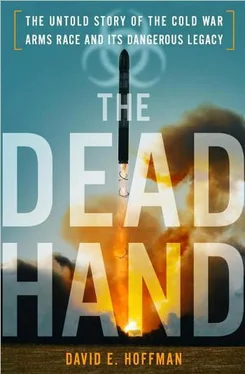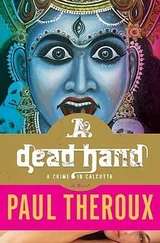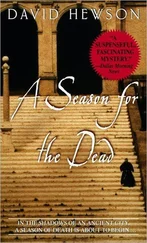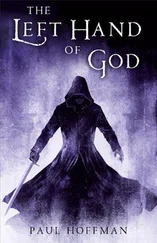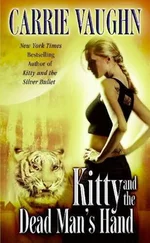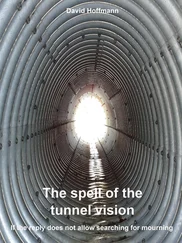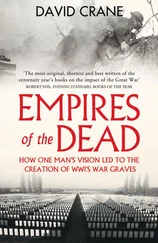“Do we recognize the opportunity we have today during this period in history and the great danger we have of proliferation, or do we sit on our hands and cater to what we think people want to hear in this country?” Nunn asked.
“What are the consequences of doing nothing?”
Nunn wondered what kind of one-minute explanation his colleagues would need if the Soviet Union fell into civil war like Yugoslavia, with nuclear weapons all over. “If helping them destroy 15,000 weapons is not a reduction in the Soviet military threat, why have we been worrying about these 15,000 weapons for the last 30 years? I do not see any logic here at all,” he said. The United States had spent $4 trillion during the Cold War, so $1 billion to destroy weapons “would not be too high a price to pay to help destroy thousands and thousands of Soviet nuclear weapons,” Nunn insisted.
“We have the opportunity for an unprecedented destruction of the weapons of war,” Nunn declared. Yet he warned, “We are going to sleep—to sleep—about a country that is coming apart at the seams economically, that wants to destroy nuclear weapons at this juncture but may not in the months and years ahead.”
“Are we going to continue to sit on our hands?” Nunn then pulled back the legislation. 21
At this critical moment, the president was nowhere to be seen. Bush did not want to take political risks for the Nunn-Aspin legislation. But a handful of influential voices from Moscow made a difference in the Senate. Hours after Nunn pulled back the bill, Alexander Yakovlev, the architect of Gorbachev’s perestroika , spoke with senators in the Capitol at an early-evening reception, impressing on them the urgency of the crisis. Two days later, Nunn relaunched his efforts. Two top officials of the Institute for the Study of the United States and Canada—Andrei Kokoshin, who had met Nunn with his little white car in Moscow, and Sergei Rogov—were both at that moment in Washington. The institute had long been a meeting point between American and Soviet experts on defense and security issues. Nunn invited them to a small lunch, to which he also brought Senator Richard Lugar of Indiana, a leading Republican voice on foreign affairs. At the lunch, Kokoshin and Rogov warned that power was slipping away from Gorbachev by the minute, and that in a “worst-case scenario,” nuclear weapons could be caught up in the struggle for power among the Soviet republics. This was a volatile, dangerous situation, they said, urging America to “wake up.” Lugar told journalist Don Oberdorfer that the lunch with Kokoshin and Rogov was “a very alarming conversation.” 22
On November 19, Ashton B. Carter, the Harvard physicist, came to Nunn’s office for a brainstorming session, along with Lugar; William J. Perry of Stanford University, who had been examining the Soviet military-industrial complex; David Hamburg of the Carnegie Corporation of New York; and John Steinbrunner of the Brookings Institution. Carter drove home the point that a Soviet collapse, now clearly visible from the daily news reports coming out of Moscow, was an immense security threat. “This is completely unprecedented,” Carter recalled saying. “Never before has a nuclear power disintegrated.” Carter had just completed a study of the potential dangers, Soviet Nuclear Fission: Control of the Nuclear Arsenal in a Disintegrating Soviet Union , and it was a snapshot of the frightening dilemma that Nunn and others confronted at the time. The study pointed out that nobody really knew what lurked behind the curtain of Soviet secrecy on nuclear weapons. But, the study warned, there were “three cardinal dangers”: the dispersal of control over nuclear weapons to different republics; the chance that weapons, components or fissile materials “will fall into unauthorized hands;” and the possibility that outside groups, including terrorists and other nations, might seek to obtain weapons, materials or knowledge from the chaotic Soviet complex, “through theft or sale.” While Nunn feared a rogue general grabbing control of the launch system, Carter responded that the threat was “all kinds of motives, all kinds of people, the wayward general to the wayward scientist to the wayward clerk, custodian and sergeant.” The next day, November 20, Lugar announced his support for immediate action on legislation in a floor speech. He decried the “quarrelsome” mood in Congress in the face of “strategic danger” to the country. “Nuclear weapons do not simply fade away; they must be disabled, dismantled and destroyed,” he said.
On November 21, at an 8 A.M. breakfast, Nunn brought sixteen senators from both parties to the Senate Armed Services committee room, where the trillions of defense spending had been authorized over the years. He told them what he had seen in Moscow and turned the floor over to Carter, who delivered a presentation without notes. Carter said command and control over nuclear weapons could not be isolated from the troubles of society. “It’s not something that you can take for granted, that it’s all wired up in some way, and it will be okay,” Carter recalled telling the senators. 23The clarity of his presentation had an instant impact. The addition of Lugar was critical. Within days, Nunn and Lugar had turned around the Senate and gathered the votes for new legislation to set aside $500 million to deal with the Soviet nuclear dangers. The outcome was a remarkable and rare example of foreign policy leadership by Congress. The Bush administration was indifferent. Ross, who was the State Department’s policy planning director, said he saw the need but recalled a sense of fatigue and exhaustion in the administration; they had just been through the Gulf War and the Middle East peace conference, and could not summon the energy for another major initiative. There was also a lingering Cold War mind-set, especially at the Defense Department under Secretary Dick Cheney. Carter recalled making a presentation of his concerns to Donald Atwood, deputy secretary of defense. “His position was very clear, which was that we had spent 50 years trying to impoverish these people, and we’d finally done it, and at this moment you want to assist?” Carter recalled. “In fact, Don had a phrase, which was freefall . He wanted them in freefall. And I felt that freefall was not safe. It was not a safe position given that they had nuclear weapons.”
Visiting Bush at the White House, Nunn and Lugar found him ambivalent. “I remember that he wasn’t saying no,” Nunn said. “He just was very cool to the whole idea. I think he was sensing the political dangers of it.” While Bush stood on the sidelines, Congress moved swiftly. The Senate approved the Nunn-Lugar bill by a vote of 86–8. Later, the total was reduced to $400 million, and it passed the House by a voice vote. To secure enough support, the legislation did not mandate that the United States spend the money, it only said the administration could . It did not require that it be new money, but rather funds shifted from other programs.
Bush’s cautious national security adviser, Brent Scowcroft, shrugged at the prospect that there would be more than one finger on the nuclear trigger. After all the years of the Soviet Union as the singular source of danger, he thought it wouldn’t hurt if the central command and control were broken up into several smaller nuclear powers. 24But Baker, the secretary of state, was more alarmed than others about the prospect of nuclear bedlam after a Soviet crackup. “I wanted to make sure we didn’t have a proliferation of nuclear weapons states,” he recalled. “The more nuclear weapons you have, the less stability you have. The more chance of accidental launches, and all the rest of it, or just having little countries that have nukes, like Pakistan, getting pissed at India and letting loose.” 25
Читать дальше
